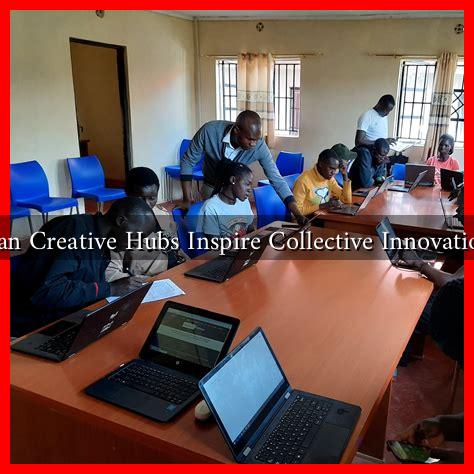-
Table of Contents
Can Creative Hubs Inspire Collective Innovation?
In an increasingly interconnected world, the need for innovation has never been more pressing. Creative hubs—spaces designed to foster collaboration, creativity, and innovation—are emerging as vital catalysts for collective innovation. These hubs bring together diverse groups of individuals, including artists, entrepreneurs, technologists, and researchers, to share ideas and resources. But how exactly do these environments inspire collective innovation? This article explores the dynamics of creative hubs, their impact on innovation, and real-world examples that illustrate their effectiveness.
The Essence of Creative Hubs
Creative hubs can take many forms, from co-working spaces and innovation labs to art studios and maker spaces. They are characterized by:
- Diversity: A mix of disciplines and backgrounds that encourages cross-pollination of ideas.
- Collaboration: Opportunities for individuals to work together on projects, share resources, and provide feedback.
- Supportive Environment: A culture that nurtures creativity and risk-taking, allowing individuals to experiment without fear of failure.
These elements create a fertile ground for innovation, where ideas can flourish and evolve through collective effort.
The Role of Collaboration in Innovation
Collaboration is at the heart of collective innovation. When individuals from different fields come together, they bring unique perspectives and skills that can lead to groundbreaking ideas. Research shows that diverse teams are more innovative than homogenous ones. According to a study by McKinsey, companies with more diverse workforces are 35% more likely to outperform their peers in terms of financial returns.
Creative hubs facilitate this collaboration by providing:
- Networking Opportunities: Regular events, workshops, and meetups that connect individuals and organizations.
- Resource Sharing: Access to tools, technology, and expertise that might be unavailable to individuals working in isolation.
- Mentorship Programs: Experienced professionals who guide newcomers, fostering a culture of learning and growth.
Case Studies of Successful Creative Hubs
Several creative hubs around the world have demonstrated the power of collective innovation:
1. The Hub in San Francisco
The Hub is a co-working space that has become a breeding ground for startups and social enterprises. By providing a collaborative environment, The Hub has facilitated numerous successful projects, including the development of apps that address social issues. The community-driven approach has led to innovative solutions that might not have emerged in traditional corporate settings.
2. Station F in Paris
Station F is one of the largest startup campuses in the world, housing over 1,000 startups. It offers a range of resources, including mentorship, funding opportunities, and networking events. The diverse ecosystem at Station F has led to the creation of innovative products and services, such as AI-driven health solutions and sustainable fashion brands.
3. Impact Hub in Global Cities
With locations in over 50 countries, Impact Hub focuses on social innovation. By connecting entrepreneurs with a shared vision for social change, Impact Hub has facilitated projects that tackle issues like poverty, education, and environmental sustainability. Their collaborative approach has resulted in numerous successful initiatives that have made a significant impact on communities worldwide.
Challenges and Considerations
While creative hubs offer numerous benefits, they also face challenges:
- Resource Allocation: Ensuring that all members have equal access to resources can be difficult.
- Maintaining Engagement: Keeping participants motivated and engaged over time requires ongoing effort and innovation.
- Balancing Structure and Freedom: Finding the right balance between providing structure and allowing creative freedom can be challenging.
Conclusion
Creative hubs play a crucial role in inspiring collective innovation by fostering collaboration, diversity, and a supportive environment. Through real-world examples like The Hub, Station F, and Impact Hub, we see how these spaces can lead to groundbreaking ideas and solutions. However, it is essential to address the challenges they face to maximize their potential. As we continue to navigate an ever-changing landscape, creative hubs will remain vital in driving innovation and addressing the complex challenges of our time.
For more insights on the impact of creative spaces on innovation, you can explore resources from the Creative Hubs Network.

